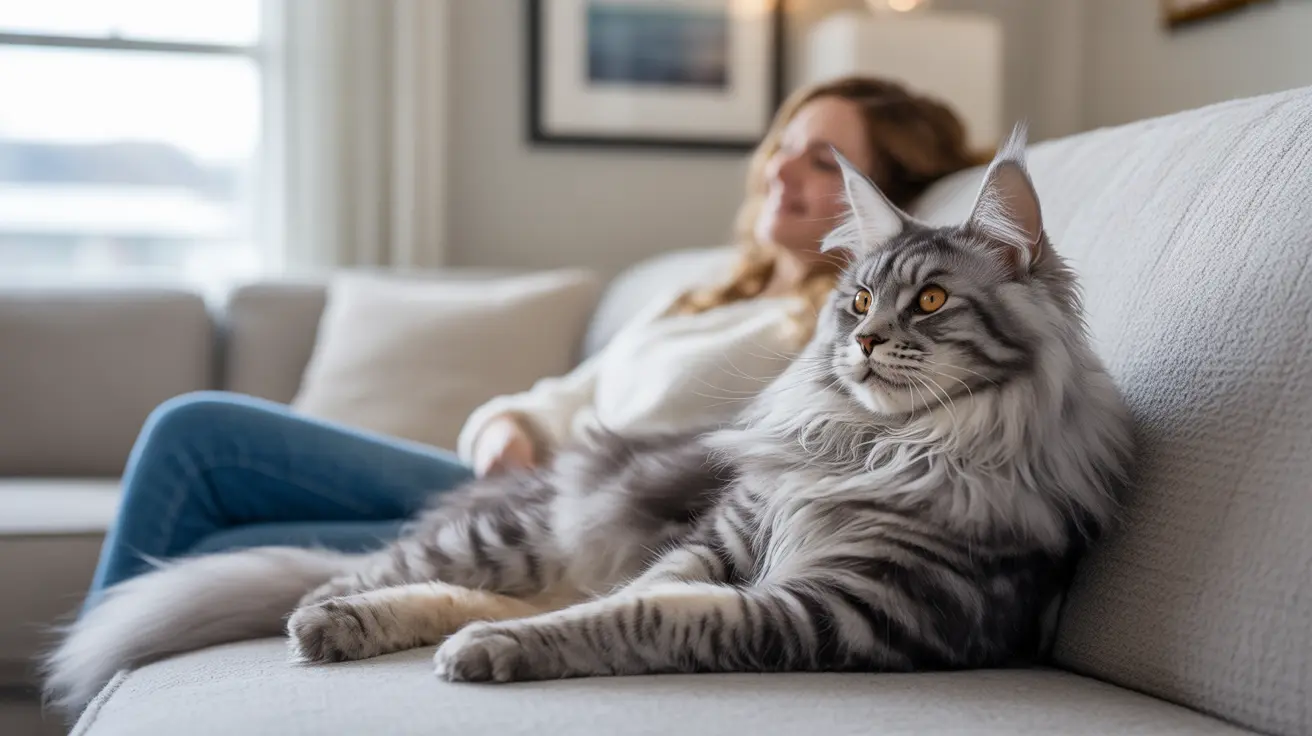Ever wondered why you feel such a deep connection with your cat? The answer lies in the fascinating similarities between humans and their feline companions. From genetic makeup to personality traits, cats share remarkable parallels with their human counterparts that go far beyond simple pet-owner relationships.
Recent scientific research has unveiled that cats share over 90% of their DNA with humans, making them genetically closer to us than many other pets. This genetic similarity extends to brain structure, behavioral patterns, and even emotional responses, creating a unique bond that has evolved over thousands of years of domestication.
The Genetic Connection Between Cats and Humans
The remarkable genetic overlap between cats and humans explains many of our shared characteristics. Cats possess a gyrencephalic brain structure similar to humans, featuring folded surfaces that enhance cognitive functions. This sophisticated brain structure enables cats to process information, form memories, and make decisions in ways that mirror human cognitive processes, albeit on a smaller scale.
While a human brain contains roughly 86 billion neurons, cats boast approximately 203 million neurons in their cerebral cortex. This neural complexity gives them cognitive abilities comparable to those of a human toddler, explaining their capacity for learning, problem-solving, and emotional attachment.
Personality and Behavioral Similarities
Scientific studies have identified seven core personality traits in cats: fearfulness, activity/playfulness, aggression toward humans, sociability toward humans, sociability toward other cats, excessive grooming, and litterbox habits. These traits show remarkable stability over time, much like human personality characteristics.
Just as humans develop distinct personalities influenced by both genetics and environment, cats exhibit individual preferences, quirks, and behavioral patterns that remain consistent throughout their lives. This individuality makes each cat unique and contributes to the special bonds they form with their human companions.
Social Bonding and Communication
Research shows that approximately 68% of cats can form secure attachment bonds with their owners, similar to the bonds between human infants and their caregivers. These relationships are so significant that many cats prefer spending time with their owners over food or toys when given the choice.
Cats have evolved unique ways to communicate with humans, including the development of specific meows that mimic the frequency of human infant cries. This adaptation demonstrates their remarkable ability to understand and respond to human social cues and emotional states.
The Impact of Environment and Human Interaction
A cat's personality and behavior can be significantly influenced by their human companions and living environment. Studies indicate that cats often mirror their owners' personality traits – calm owners tend to have more relaxed cats, while more anxious owners might have cats that display increased stress behaviors.
Environmental enrichment, social interaction, and consistent routines play crucial roles in developing positive behaviors in cats, much like these factors influence human well-being and development.
Frequently Asked Questions
How genetically similar are cats to humans and what does this mean for cat behavior?
Cats share approximately 90.2% of their DNA with humans, which explains many similarities in brain structure and basic behaviors. This genetic similarity enables cats to process emotions, form memories, and develop social bonds in ways that parallel human cognitive processes.
What core personality traits do cats share with humans, and how do these traits affect their behavior?
Cats exhibit seven core personality traits including fearfulness, playfulness, sociability, and aggression. These traits remain stable over time and influence how cats interact with their environment and human companions, similar to how human personality traits shape our behavior.
In what ways do cats communicate and bond with their owners similarly to humans?
Cats use various communication methods, including specialized vocalizations, body language, and facial expressions. They can form secure attachment bonds, recognize their names, and engage in social referencing by looking to their owners for cues in unfamiliar situations.
How do a cat's brain structure and cognitive abilities compare to those of a human?
Cats have a gyrencephalic brain structure similar to humans, with comparable lobes and folded surfaces. While their brain contains fewer neurons (203 million compared to humans' 86 billion), they possess cognitive abilities similar to those of a human toddler.
Can a cat's personality and behavior be influenced by their owner's personality or environment?
Yes, studies show significant mutual personality influence between cats and their owners. Cats often reflect their owners' behavioral traits and emotional states, while environmental factors like routine, enrichment, and social interaction play crucial roles in shaping feline behavior.
Understanding these remarkable similarities between cats and humans can help us create stronger bonds with our feline companions and provide better care for their physical and emotional needs. By recognizing and respecting these shared traits, we can build more meaningful relationships with our cats while ensuring their happiness and well-being.






